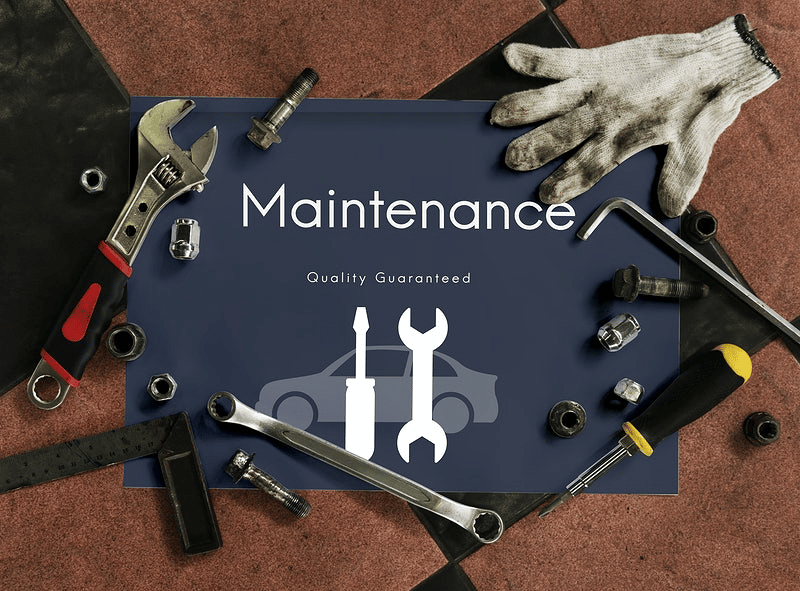
If you have one or more employees driving trucks for your company, then encouraging and incentivizing truck safety needs to be one of your top priorities. Truck driving is one of the most dangerous jobs, according to the Bureau of Labor Statistics, but this profession acts as a lifeline for the things that we need on a daily basis: groceries, fuel, building materials, and other essential goods. Plus, if you’re trying to run a successful transportation business, then truck driving might be essential to your operations.
At Best Roadside Service, we’re committed to helping our clients stay as safe as possible through dedicated commercial roadside assistance programs that ensure your drivers can get help when and where they need it. Fleet maintenance safety doesn’t start and end there, however. Below, we’re sharing some crucial tips on how to improve driver safety within your organization, including the basics of risk mitigation trucking. Here’s what you should know.
6 Important Truck Driver Safety Tips
Your business has an important role to play by promoting safety among your fleet drivers. In addition to having a reliable roadside assistance plan, here are six other key aspects that are integral to truck driver safety training and enforcement.
- Create a work culture based around safety. Your company needs to ensure that your drivers operate in a work culture that emphasizes and rewards safety on the road. This includes making sure that your drivers are practicing defensive driving, meaning they are operating their vehicles while constantly cognizant of their surroundings.
- Enact a safety policy that every driver reads and signs. Before any driver gets behind the wheel of one of your fleet vehicles they should be required to read and sign a safety policy that outlines all of your (the company’s) expectations. Send out periodic announcements to make sure that your drivers are constantly aware of these policies as well as to inform them of any updates.
- Have routine maintenance done. Serious problems can be potentially avoided by having routine maintenance done on all of your transportation vehicles. This can help prevent your drivers from becoming stranded on the side of the road in the event of an emergency. Routine maintenance should be combined with a comprehensive roadside assistance plan, as well. These programs will ensure your drivers are never truly alone when conducting transportation services across long distances.
- Keep emergency supplies inside of every vehicle. Emergency preparedness protocols help ensure that emergency supplies are at the ready in every one of your company’s trucks. What safety equipment is required in commercial vehicles? There are three: spare electric fuses, a properly charged and rated fire extinguisher, and three red reflective triangles to serve as warning devices if any of your vehicles experience a malfunction while on the road. You may choose to include additional emergency supplies as well, such as a first aid kit and a spare communication device.
- Reward safe behaviors. Incentivize safe driving by rewarding proper adherence to protocols, such as wearing a seatbelt, de-escalating road rage situations, and practicing defensive driving.
- Encourage your drivers to take breaks. Burnout and exhaustion are both very real, and potentially dangerous, feelings drivers can experience while on the road. While you obviously want your fleet to run as productively as possible, truck safety mandates that you pay attention to the mental health of your drivers and pull them off the road temporarily if you are worried they may inadvertently be a danger to themselves, or others.
Best Roadside Service is proud to be your partners in maintaining safe and effective fleet operations. Please get in touch if you have any additional questions about proper truck safety, or if you’d like to learn more about our commercial and small business roadside assistance plans.




